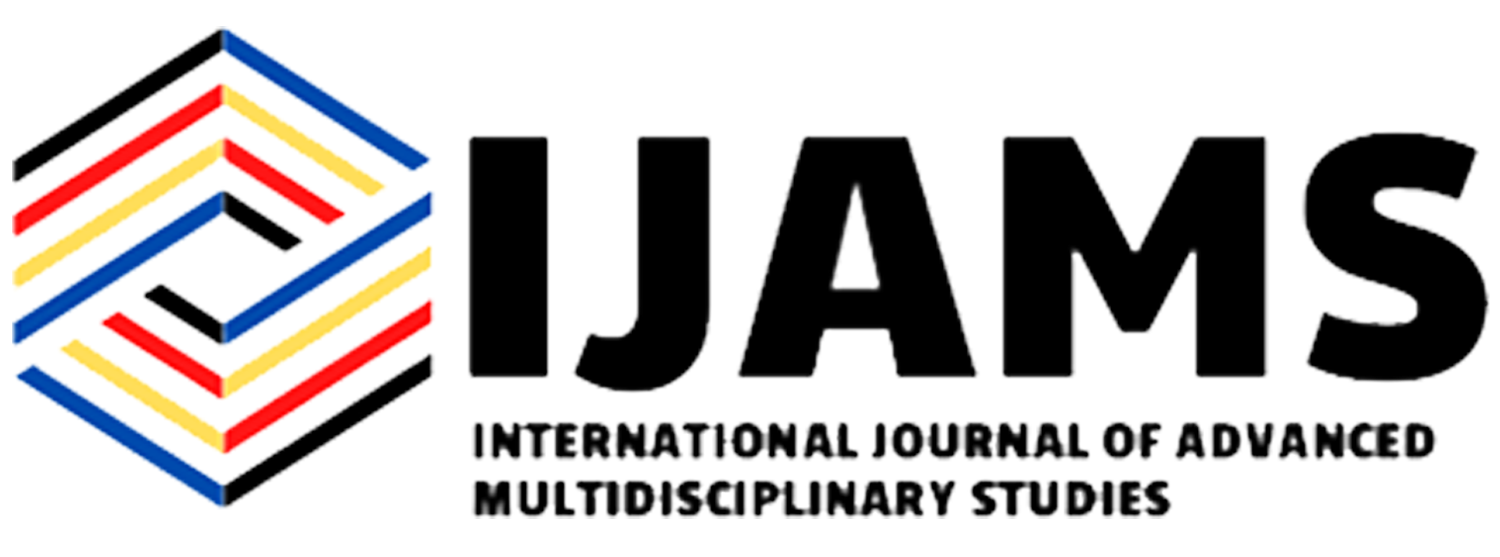ISSN: 2782-893X
eISSN: 2799-0664
 ISSN: 2782- 893X
ISSN: 2782- 893X


—— This study aimed to determine effectiveness of different technology-based application to the Test performance of the Grade 10 leaners. The findings of the study served as a basis of a proposed Instructional Supervision plan. The method used to gather relevant data was Quasi Experimental Research Design for Grade 10 learners to complete in the 2nd grading period and the performance of the respondents was based on their test scores before and after different Technology based application has been introduced and delivered in the classroom. The output of this study is to provide instructional supervisory plan to help the teachers to have an avenue to create a more meaningful teaching and learning process that would help the learners to improve their test performances. Table 3 presents the test of difference between the scores in the pre-test and post-test of Grade 10 in Chemistry subject which was lasted for 4 weeks from the implementation of the intervention to the lessons being delivered. In this table, it reveals how the respondents or the grade 10 learners responded the different learning competencies in second grading period of the aforementioned subject. Based on the results in table 3, which presents the test of difference between the pre-test and post-test scores for Grade 10 students in chemistry, has broad implications that offer insightful information to stakeholders and educators alike. With a computed t-value, the pre-test and post-test scores show a statistically significant difference, above the critical tvalue. The fact that the null hypothesis was rejected implies that the course’s instructional interventions had a significant effect on the chemistry knowledge of the students. The test of the difference between the pre-test and post-test results for Grade 10 Chemistry students is shown in Table 3, indicates a statistically significant and noteworthy improvement in the students’ performance over the course of the instruction. The overall performance has significantly improved, as evidenced by the pre-test mean score and the post-test mean score. The computed t-value supports the positive difference, highlighting the efficacy of the teaching strategies used in the delivery of the most essential learning competencies. The rigid of the observed improvement is highlighted by the clear deviation from the critical t-value, which is used as a benchmark for assessing the statistical significance of the difference. The null hypothesis (Ho) is rejected because the computed t-value is greater than the critical t-value. This rejection suggests that there was a noteworthy impact of the instructional interventions on students’ comprehension of chemistry concepts because it shows a significant difference between the pre-test and post-test scores. Even though the statistical significance is obvious, it’s crucial to take the observed difference’s practical ramifications into account. In this context, “significant” means that the improvement is not just a coincidence; rather, it has educational significance. Teachers are able to state with confidence that the interventions they used improved students’ comprehension of chemistry and served as a foundation for future research and improvement of teaching methods. Table 3 indicates a distinct and statistically significant increase in Grade 9 students’ chemistry performance between the preand post-test. The computed t-value, which is greater than the critical value, indicates the educational significance of the observed change and supports the rejection of the null hypothesis. For educators, this information is priceless since it shows how effective their teaching methods are and directs future efforts to maintain and improve chemistry student learning. The effectiveness of the instructional strategies used is demonstrated by the notable improvement in mean scores, which increased in the pre-test in the post-test. This improvement is the outcome of deliberate efforts to improve student understanding rather than just happening by accident. This finding has important practical implications for educators because it supports their instructional strategies and shows that the instructional interventions are effective. The choice to reject the null hypothesis indicates that the observed change in scores is not the result of random variation, confirming that the interventions that were put in place had a significant impact on students’ understanding of chemistry concepts. This suggests that focused and well-designed interventions can result in significant improvements in student learning outcomes. It invites teachers to think back on the aspects of their teaching strategy that worked well and to think about implementing or improving these tactics in their next teaching endeavors. Moreover, it emphasizes the educational significance of the noted improvement. Teachers can utilize this understanding to support the implementation of successful teaching practices, provide funding for the replication of successful interventions, and provide guidance on how to address the learning gap of the learners in learning the chemistry subject. The findings point to the possibility that funding thoughtfully planned and focused interventions can produce appreciable gains in student learning outcomes, which should be taken into consideration when allocating resources and planning lessons. Furthermore Table 3 demonstrate the significant influence that instructional interventions have on the chemistry knowledge of Grade 10 students. The effectiveness of the strategies used is validated by the rejection of the null hypothesis and the notable increase in mean scores. Teachers can use these findings to improve their methods of instruction, support interventions based on evidence, and add to the larger discussion about how deliberate and focused instruction can lead to better learning outcomes. Keywords — Effectiveness Performance Grade 10 Learners Chemistry